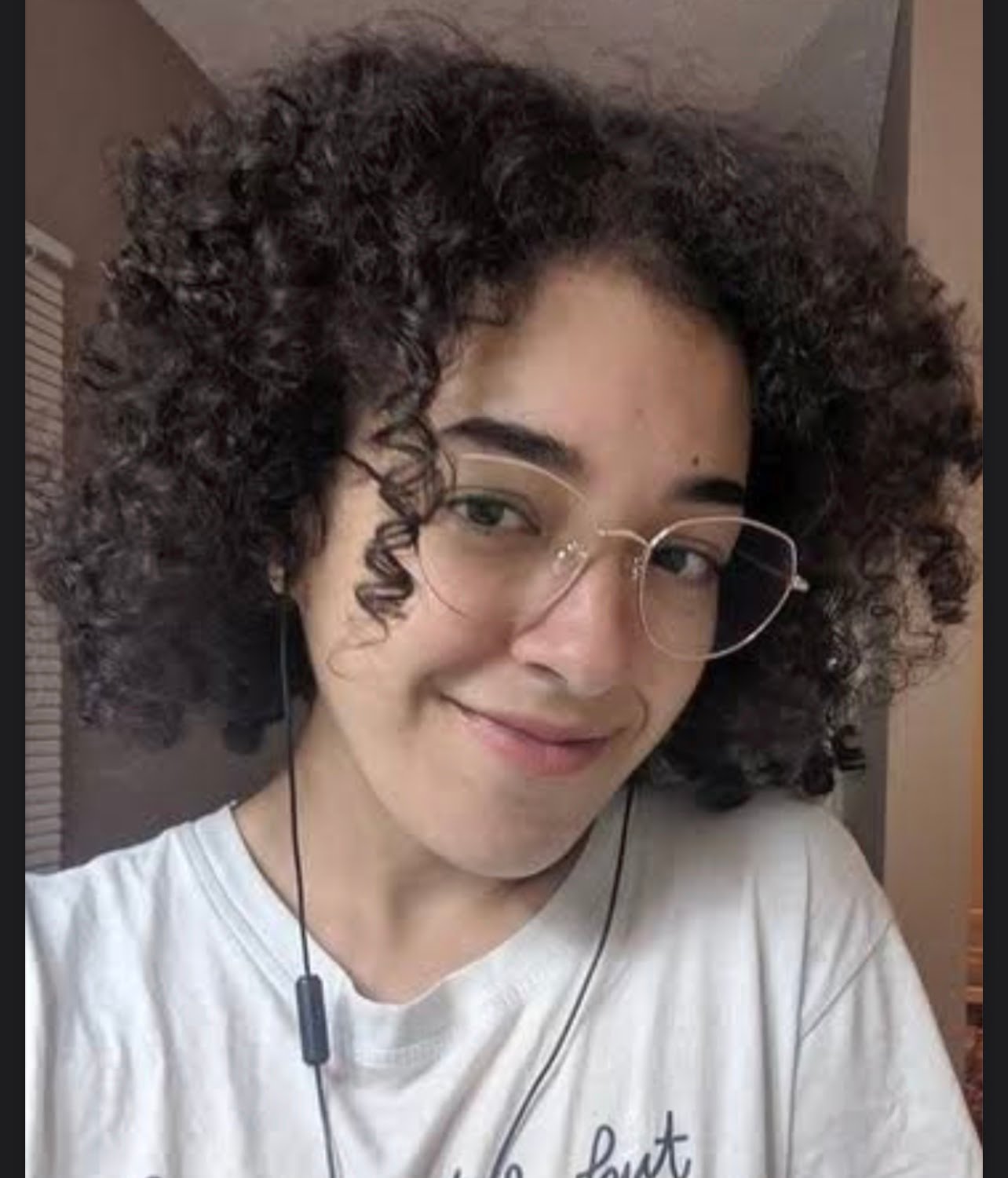
Missing and Murdered Indigenous Women and Girls: An Introduction to Genocide
Missing and Murdered Indigenous Women and Girls: An Introduction to Genocide
On June 3rd, 2019, the Final Report of the National Inquiry Into Missing and Murdered Indigenous Women and Girls was published. The Report revealed “persistent and deliberate human and Indigenous rights violations and abuses” are the causes of ongoing violence against Indigenous women, girls and 2SLGBTQQIA people. Race-based genocide is far from what characterizes contemporary Canadian society. Canada is (intentionally) portrayed as a welcoming, multicultural oasis that not only seeks out highly skilled international talent – but actively engages in international and domestic aid projects, as well as provides refugees asylum.
This narrative of Canada is manufactured for good reason, no sovereign nation would willingly admit to ongoing genocide against Indigenous Peoples, including First Nations, Inuit and Métis, which especially targets women, girls, and 2SLGBTQQIA people. Without genuine and persistent accountability by provincial and federal governments, there will be no justice for Indigenous peoples.
The National Inquiry Into Missing and Murdered Indigenous Women and Girls produced a Legal Analysis of Genocide which describes the legal understanding of genocide and its place in Canada. In the Genocide Convention and in customary international law, genocide is a crime
that entails individual criminal responsibility and a wrongful act that entails state responsibility (1948). Both individual and state accountability are required to state the process of rectifying intergenerational injustices. During the drafting process of the Genocide Convention, Canada’s efforts were focused on omitting ‘cultural genocide’ from the report (Analysis of Genocide, 7). Canada’s focus was intentional – without the including of cultural genocide, Canada can continue to perpetuate just that against Indigenous people. As a result, the National Inquiry concluded that the definition of genocide in international law encompasses the “past and current actions and omissions” of Canada towards Indigenous Peoples (Analysis of Genocide, 8).
Due to the intersections of colonialism, genocide, and cultural genocide, Canada succeeded in manifesting a “slower, more insidious, structural, systemic,” process of destabilizing and ultimately eradicating Indigenous people (Analysis of Genocide, 20). This process spans numerous government administrations and political leaderships, which trivializes the process of prosecuting genocide. As time goes on, Canadians are increasingly being exposed to information and knowledge that contradict Canada’s positive image. With this in mind, why has there been almost no meaningful action being taken to address the National Inquiry Into Missing and Murdered Indigenous Women and Girls?
British Columbia’s notorious Highway 16 between Prince George and Prince Rupert has been the location of an uncountable number of Indigenous women and girls being murdered or gone missing. Dubbed the Highway of Tears, Indigenous activism for the protection of women and girls from violence has spanned over two decades. In 2006, a report and call to action highlighted what the province should do moving forward to protect Indigenous women and girls travelling along the highway.
On April 16th, 2021, something finally happened:
“So after all these years, 2006 is when the recommendations reports came about, and now we’re in 2021, and it took that long to get cell coverage,” says Mary Teegee, executive director of Carrier Sekani Family Services in Prince George, B.C.
In partnership with the federal government, the province of British Columbia, and Rogers Communications, the final 252 kilometre stretch of Highway 16 will have cell service. Without Indigenous advocates, families, and communities fighting for this necessity, it is unlikely that any changes would occur. In the broadest sense, cell service is a lifeline for Indigenous women and girls to contact their loved ones, confirm directions, and access emergency services. The provincial and federal government’s inaction and disregard for protecting the safety of Indigenous women and girls are unconscionable – this inaction reflects the government’s systemic and long-term attitudes towards addressing inequalities and injustices against Indigenous people.
This is just one example of systemic violence against Indigenous women and girls, across Canada there are countless voices and experiences that are intentionally shut out of the public sphere. In more ways than one, Indigenous women and girls are deliberate targets of violence and trauma, both of which are avoidable if the government served its mandate to public safety. Although Indigenous genocide has yet to be authentically recognized by the national polity, settlers have a responsibility to educate themselves and their communities about the realities faced by Indigenous people, specifically women, girls, and 2SLGBTQQIA people. In this sense, reconciliation may be a premature conversation when Indigenous people do not have basic amenities, services, and protections that are generously afforded to settlers.





